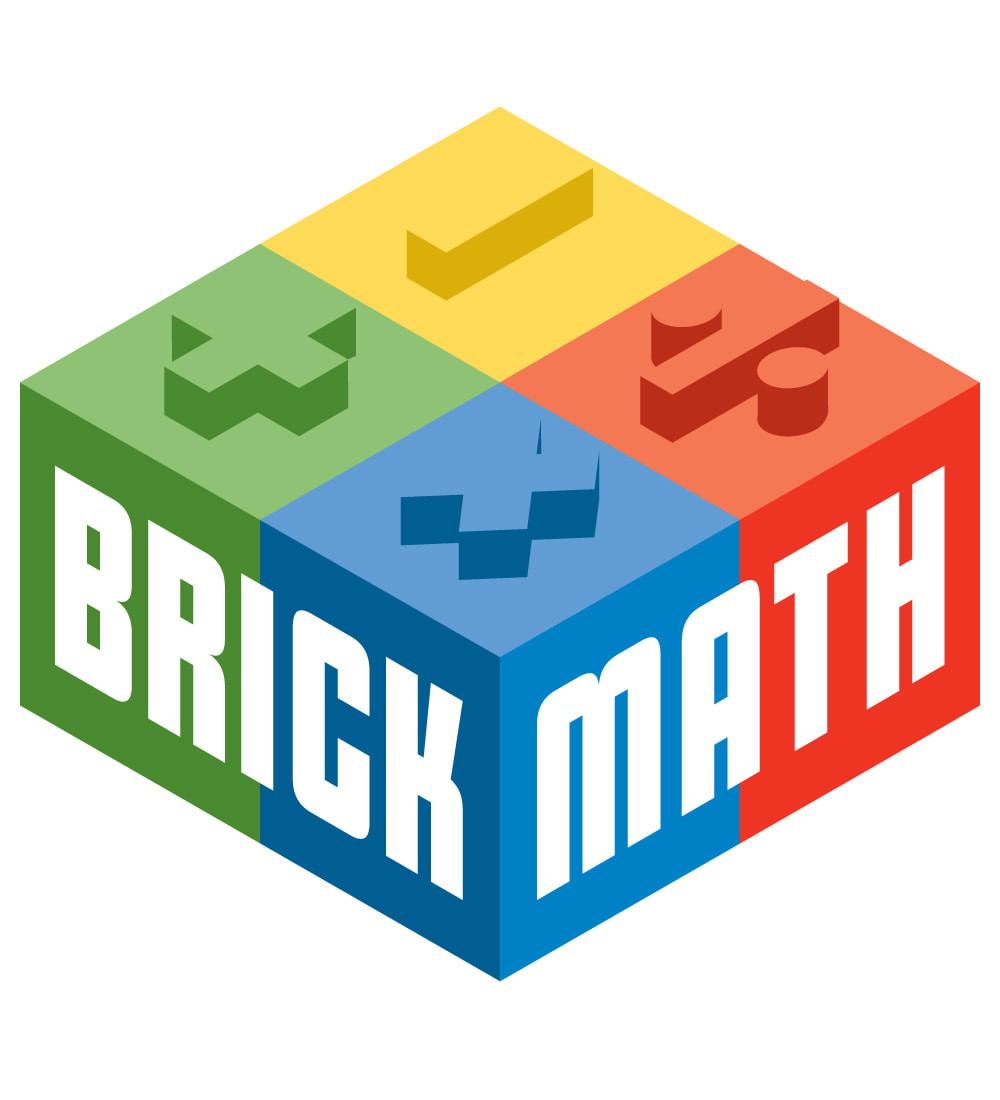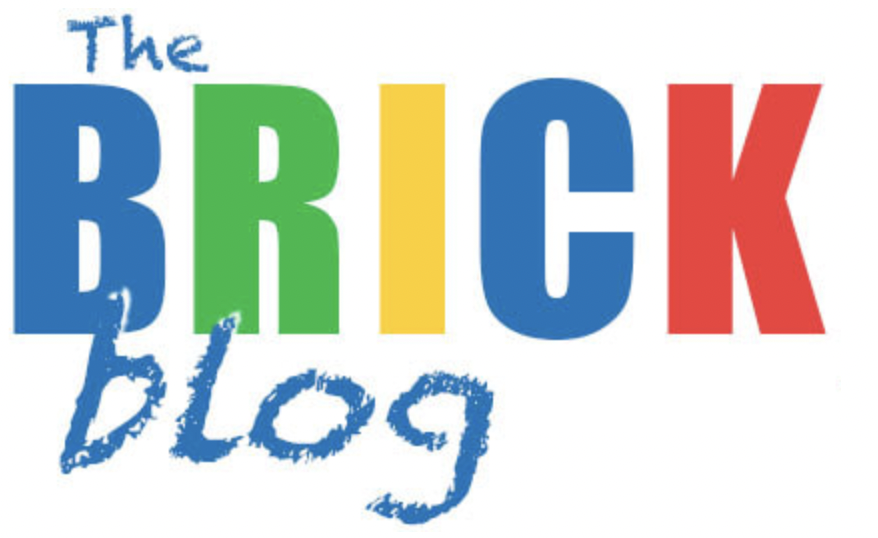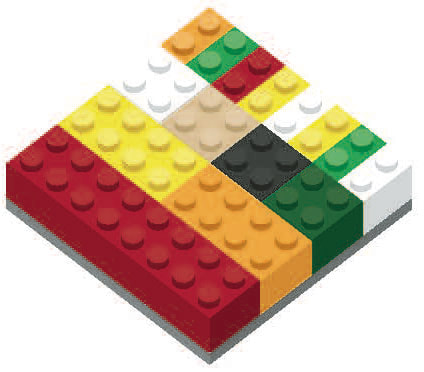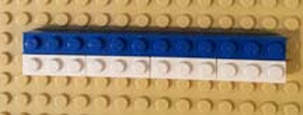|
Teaching students to add fractions that have unlike denominators can be a challenge. It starts with teaching how to find a common denominator. Far too often, this can lead to a purely procedural account of the how, but not the why behind the math. Using LEGO bricks to teach this concept brings new understanding of the term “common denominator” by providing a visual and tactile link. A key piece of knowledge when comparing fractions concerns understanding same-sized wholes. Students often make errors when trying to add or subtract fractions because they don’t grasp the concept that fractions can only be compared if the whole (the denominator) for both fractions is the same size. Let’s add the fractions 1/4 and 1/3 together to show how the process works. First, build models of the two fractions on a baseplate using LEGO bricks. Model the fraction 1/4 with a 1x1 brick and a 1x4 brick, placing the 1x1 brick above the 1x4 brick. Model the fraction 1/3 with a 1x1 brick and a 1x3 brick in the same way. Build the 1/3 fraction model next to the 1/4 fraction model, leaving a little space between them, as shown. In algebra, we use the phrase, “What you do to the left you must do to the right,” to help remember how to approach equations. Here we say, “What you do to the bottom you must do to the top,” to remember that the way you treat the denominator defines the way you treat the numerator. The fraction train shows the multiplication that takes place as you build the common denominator model. Note: As you build the fraction train, you distinguish between counting bricks and counting studs. To build the fraction train, find another 1x4 brick and place it on the baseplate below the two fraction models. Then find another 1x3 brick and place it just underneath the 1x4 brick. This begins the fraction train and represents the two fractions in the order they appear in the equation: 1/4 + 1/3 = ____. Add another 1x4 brick to the train, and then another 1x3 brick to its train. Continue adding 1x4 bricks to that train and 1x3 bricks to the other train until both fraction trains of bricks are the same length. Ask students to count the number of studs in each line when they are equal in length. (Answer: 12.) This is the common denominator. Place a 1x12 brick at the bottom of the baseplate to represent the common denominator of 12. This is part of the solution model. Now it’s time to determine the numerators, based on the common denominator. Start with the 1/4 fraction. Look at the fraction train built by the 1x4 bricks and ask: “How many 1x4 bricks are in the train?” (Answer: there are 3.) Now look at the model of the fraction 1/4 and ask: “What brick represents the numerator of the fraction 1/4? (Answer: the 1x1 brick.) Remind students that what you do to the bottom you must do to the top. Since there are three 1x4 bricks in the denominator, there must be three 1x1 bricks in the numerator of the solution. Place three 1x1 bricks above the 1x12 brick that represents the common denominator in the solution. Repeat the process for the fraction 1/3 by counting the number of 1x3 bricks in the fraction train. (Answer: there are 4.) Since there are four bricks, place four 1x1 bricks in the solution model next to the three 1x1 bricks you just added. Count the number of studs in the numerator: 7
Count the number of studs in the denominator: 12 The solution: 1/4 + 1/3 = 3/12 + 4/12 = 7/12 When you take students through the modeling of the solutions, you give them a powerful way to visualize what common denominators look like. Creating and modeling same-sized wholes (the fraction train that shows the common denominator) with LEGO bricks is key to understanding how to add unlike fractions. For both visual and tactile learners, this method helps students understand the multiplication process utilized with fractions, as well as the relationship of same-sized wholes and common denominators. If you want to learn more about how to teach using LEGO bricks, check the website for the Brick Math program, www.brickmath.com.
0 Comments
Your comment will be posted after it is approved.
Leave a Reply. |
Categories
All
Archives
July 2024
|






